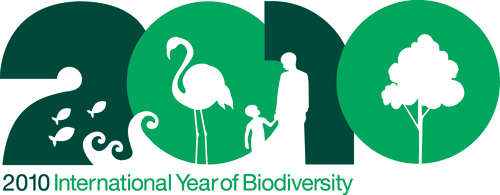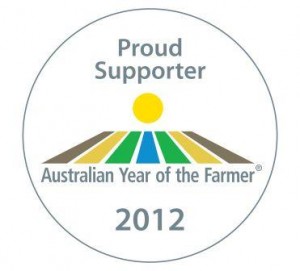This page is a partner to the Finding Science in Stories page. It suggests indicators from the author or book structure that will show how reliable the facts in a story may be for Science learnings. There is an assessment table that can be used with books or with websites. It can be used by adults or children.
Reading for Science in Story Books
As parents, we teach our children Science from an early age in the stories we share with them orally and in books. Have you ever thought about yourself as a Science teacher?
Picture story books have information in their words and images. Some are written to teach Science. So how would we know if a story is based on good science facts? Below is a list of things that I would expect a good Science based story to contain and then it is a table.
1 about the author
Biographical information may make you feel that you can rely more on the information presented. It could be formal educational qualifications, experience, or acknowledgement of the source of the information on which a story is based.
2 within the book
A book structure that helps you find facts and review them may make you feel that you can rely more on the information presented. It could be a glossary, a list of further reading or activities, some review questions, a bibliography and/or an index.
Table to Assess Science Basis for a Book.
| Book Title name ………………………………………………………….. Science topic …………………..…………………………………. | ||
| Circle ‘yes’ or ‘no’ to show if the book has each the following for a good Science book.The more ‘yes’ answers, the better the Science basis of the book. | ||
| Is it a non-fiction Science resource?Or, if no.. Is it a Science based story? |
Yes |
No |
| If YES, does the book have the following : | ||
| Author
says source of his knowledge or has relevant education or experience |
Yes |
No |
| Glossary
key words with their meanings |
Yes |
No |
| Further Reading
books/websites to learn more |
Yes |
No |
| Review Questions(and answers)
check what you now know |
Yes |
No |
| Bibliography
names of references used |
Yes |
No |
| Index
key words listed alphabetically to help you find the page they are on. |
Yes |
No |
|
Total yes (max of 7) |
||
You might notice that if a story book had all these things it would be very similar to a text book, except in that it would be a story – not a text!
This is a printer- friendly pdf version of this page “Reading for Science”
Move on to books that have been reviewed using this form here
Two other forms have been created for other needs with the Wimmera Libraries project here and the Jeparit PS/MARC mobile van school library here.
Move onto one of the three groups of book resources or return to Read4Nature section main page
This activity could be used as an education activity for the Australian Year of the Farmer and for the United Nations Decade of Biodiversity.
Page updated 6 Feb 2013
supporter of
 ,
,  and
and 
